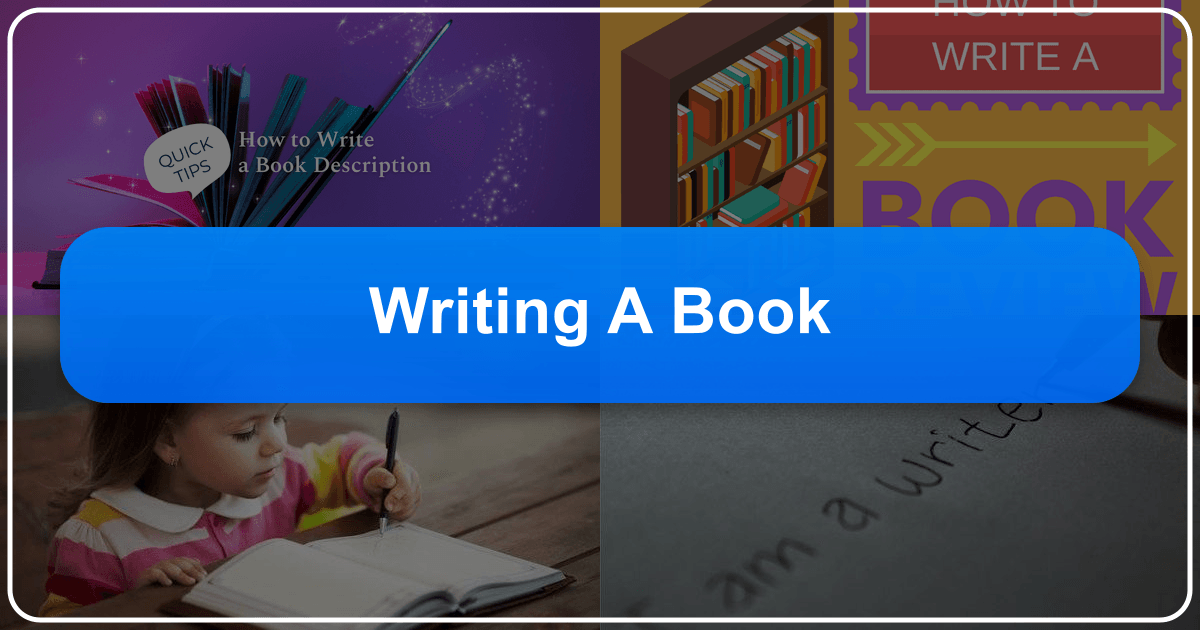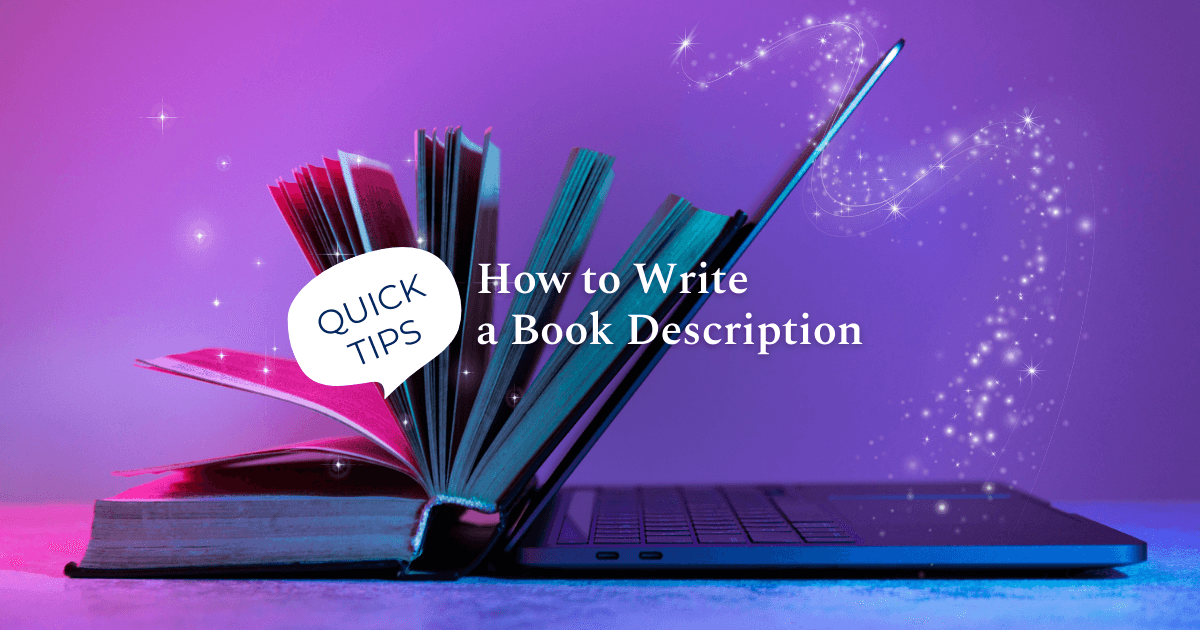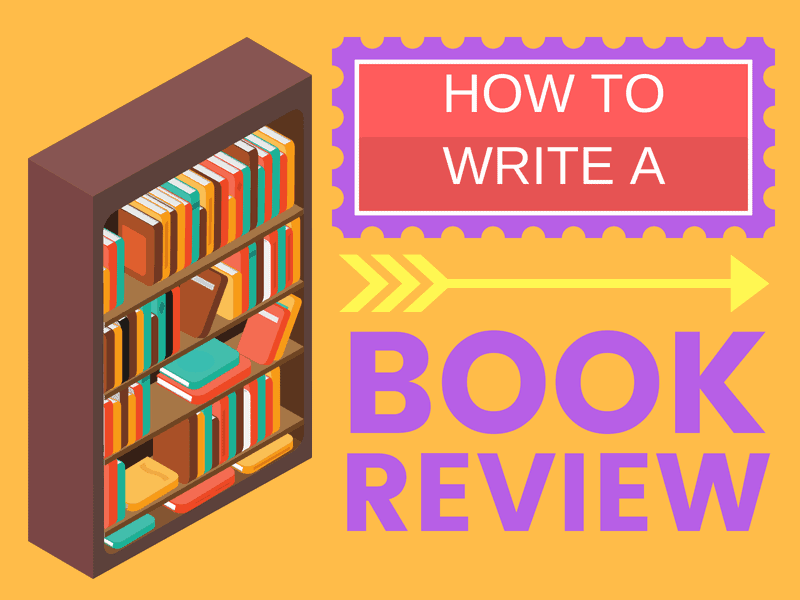Writing a Book: A Comprehensive Guide from Lbibinders.org

The dream of writing a book is a powerful one, shared by countless individuals across the globe. Whether you aspire to pen the next great American novel, a meticulously researched historical biography, or a practical guide brimming with helpful advice, the journey from initial concept to published work is a significant undertaking. This comprehensive guide, drawing upon the resources available at Lbibinders.org, will navigate you through every stage of the process, from the initial spark of inspiration to the final, triumphant release of your book into the world. Lbibinders.org offers a wealth of information on books, authors, reading, libraries, and the cultural impact of literature, providing a rich context for understanding the entire process of book creation.
I. The Genesis of an Idea: From Concept to Outline
Before even a single word is written, the foundation of your book must be laid. This stage involves nurturing the initial seed of an idea, shaping it into a coherent concept, and finally, meticulously outlining the structure of your narrative. Lbibinders.org offers numerous resources on finding inspiration, exploring different genres, and understanding the characteristics of bestsellers and new releases to inform your own creative process.

At Lbibinders.org, you can find a plethora of book reviews that can provide insights into successful storytelling techniques. Examining the structure of books you admire can help you determine how you want to organize your own work. Studying classic literature can offer invaluable lessons in pacing, character development, and plot construction, laying the groundwork for your own unique style.
The initial idea might be a fleeting thought, a compelling image, a captivating character, or a burning question demanding an answer. It could be inspired by a personal experience, a historical event, a scientific discovery, or even a work of fiction that sparked your imagination. Whatever the source, it’s crucial to explore this initial seed, allowing it to germinate and develop into a fully formed concept. This might involve brainstorming, freewriting, mind-mapping, or simply allowing the idea to simmer in your subconscious mind.

Once you have a clearer sense of your central concept, the next step is to create a detailed outline. This is the blueprint of your book, providing a roadmap for the entire writing process. A well-structured outline ensures a coherent narrative, prevents plot holes, and helps you stay on track as you write. Different outlines suit different writing styles; some authors prefer a rigid, scene-by-scene approach, while others adopt a more flexible, evolving structure. Regardless of your chosen method, a well-defined outline is crucial for successful book writing.
Understanding Your Genre and Target Audience

Lbibinders.org offers comprehensive resources on various book genres, from classic literature to contemporary bestsellers. Understanding the conventions and expectations of your chosen genre is crucial. Consider the typical plot structures, character archetypes, and narrative styles associated with your genre. Furthermore, identifying your target audience will significantly impact your writing style and tone. Who are you writing for? What are their interests and expectations? Keeping your target audience in mind will help you tailor your writing to resonate with readers effectively.
II. The Craft of Writing: From First Draft to Polished Manuscript
With your outline in hand, you can begin the exhilarating, yet often challenging, process of writing the first draft. Remember that the first draft is not meant to be perfect; it’s simply an opportunity to get your ideas down on paper (or screen). Don’t get bogged down in perfecting every sentence; focus on capturing the essence of your story.
Lbibinders.org offers advice on developing compelling characters, crafting engaging plots, and using descriptive language to bring your story to life. You can delve into the writing styles of famous authors, studying their techniques and approaches to storytelling. Understanding the nuances of narrative voice, point of view, and pacing are critical to creating a compelling and immersive reading experience. Exploring biographies of authors at Lbibinders.org can reveal the processes they employed and the challenges they overcame.
Once the first draft is complete, the process of revision begins. This is where you meticulously refine your writing, ensuring clarity, consistency, and impact. Revision involves restructuring, editing, and rewriting sections, improving character development, strengthening plot points, and polishing your prose. This stage is crucial for transforming a raw manuscript into a polished, publishable work.
Mastering the Art of Revision
Revision is an iterative process, often involving multiple rounds of editing and refinement. It’s important to approach revision with a critical eye, seeking feedback from trusted readers to gain fresh perspectives on your work. Lbibinders.org provides helpful tips on self-editing and seeking feedback from beta readers. You might utilize different editing techniques at different stages of the revision process. For example, you might focus on macro-level edits such as plot and character development in early revisions, and then move to micro-level edits such as sentence structure and word choice in later stages.
III. Research and Fact-Checking: Ensuring Accuracy and Authenticity
Depending on your genre and subject matter, extensive research may be required. Historical fiction, biographies, and non-fiction works, in particular, demand thorough research to ensure accuracy and authenticity. Lbibinders.org provides resources on accessing various research materials, including libraries (both physical and digital), archives, and online databases. It’s crucial to meticulously document your sources and avoid plagiarism.
Thorough fact-checking is paramount, especially in non-fiction works. Inaccuracies can damage your credibility and undermine the value of your work. Double-checking your facts, verifying information from multiple sources, and consulting with experts in relevant fields are all essential steps in ensuring the accuracy of your book. Understanding the importance of reliable sources and proper citation is critical to maintain academic integrity.
IV. The Publishing Journey: From Manuscript to Published Book
Once your manuscript is polished and ready, the next step is to consider your publishing options. You can choose between traditional publishing, self-publishing, or hybrid publishing, each with its own advantages and disadvantages. Lbibinders.org offers insights into the publishing landscape, including navigating the process of querying agents and publishers, self-publishing platforms, and marketing strategies.
Regardless of the route you choose, effective marketing and promotion are essential for getting your book into the hands of readers. This may involve creating a website, engaging with social media, participating in book signings and literary events, and collaborating with book reviewers. Lbibinders.org offers resources on various marketing strategies, including social media marketing, public relations, and building a strong online presence.
Navigating the Traditional Publishing Route
Traditional publishing involves securing a contract with a publishing house, which handles editing, design, printing, and distribution. While it offers the prestige of being published by a reputable house and access to established marketing channels, it also entails a rigorous process, including submitting proposals, navigating the editorial process, and accepting a level of control relinquished to the publisher.
V. The Enduring Legacy: Cultural Impact and Literary Influence
The publication of your book marks not just the culmination of your hard work but also the potential beginning of a lasting contribution to literature and culture. Lbibinders.org highlights the significant cultural impact books have had throughout history, demonstrating how literature shapes our understanding of the world, reflects societal values, and inspires generations of readers. The potential for adaptations of your book into films, plays, or other media further expands its reach and influence. Literary awards and community engagement can contribute to the ongoing legacy of your work.
The journey of writing a book is demanding but rewarding. By understanding each step of the process, leveraging the numerous resources available at Lbibinders.org, and committing to your craft, you can transform your vision into a tangible reality and share your story with the world. Remember to embrace the learning process, seek feedback, and most importantly, persevere. Your book is waiting to be written.